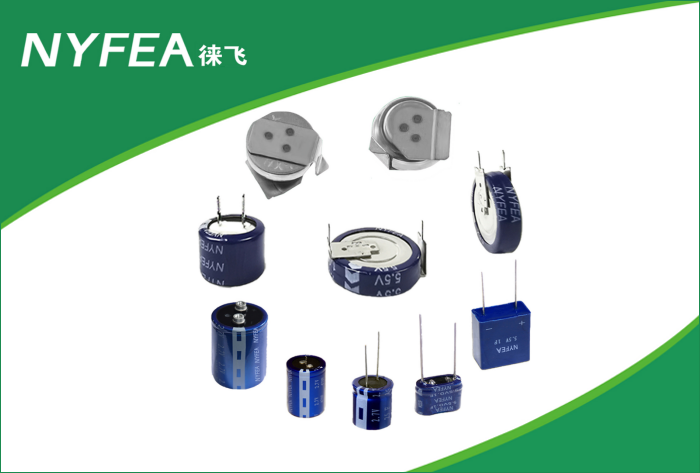Why are Farad capacitors also called supercapacitors?
Farad capacitors, also known as supercapacitors, electric double-layer capacitors (EDLCs), or gold capacitors, are electrochemical components developed since the 1970s and 1980s that store energy by polarizing electrolytes. They are components with significantly larger capacitance than conventional capacitors. Due to their substantial capacity, their external behavior resembles that of batteries, hence they are also referred to as "capacitor batteries." The fundamental principle of Farad capacitors is the same as other types of electric double-layer capacitors: they utilize a double-layer structure formed by porous activated carbon electrodes and an electrolyte to achieve ultra-large capacitance.
Supercapacitors are also known as double-layer capacitors, gold capacitors, or Farad capacitors. Their key difference from ordinary capacitors is that they are electrochemical physical components, but do not undergo chemical reactions themselves. Compared to ordinary capacitors, supercapacitors possess exceptionally large charge storage capacity, achieving capacitance at the Farad level (Unit: F, Farad).
Ordinary capacitors have capacities ranging from 1 pF to 4000 μF, whereas supercapacitors can reach maximum capacities of tens of thousands of Farads. This is why Farad capacitors are also called supercapacitors.
The capacitor unit conversion formula is: 1 F (Farad) = 1000 mF (millifarad) = 10^6 μF (microfarad) = 10^9 nF (nanofarad) = 10^12 pF (picofarad).

Why are Farad capacitors also called supercapacitors? NYFEA Nyfea summarizes the reasons based on the following 4 points:
1. Capacitance can range from 0.1F to >10,000 Farads. Compared to traditional capacitors, they offer larger capacity, higher energy density, a wider operating temperature range, and extremely long service life;
2. Long cycle life: Withstand 500,000 to >1 million deep charge/discharge cycles;
3. Rapid charging speed: Can reach over 95% of their rated capacity in 10 seconds to 10 minutes;
4. Exceptional high-current discharge capability, high energy conversion efficiency, minimal process losses, and high-current energy cycle efficiency ≥90%.

